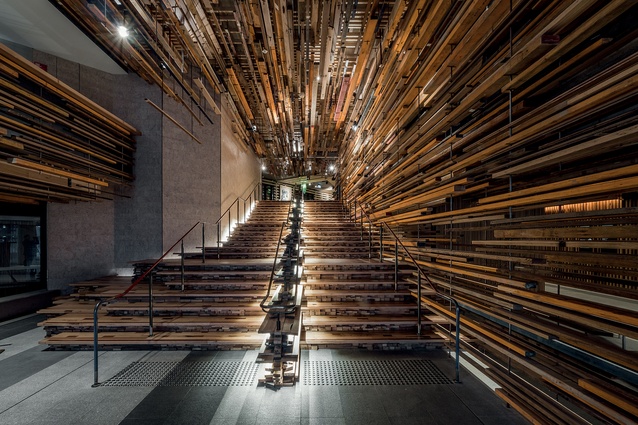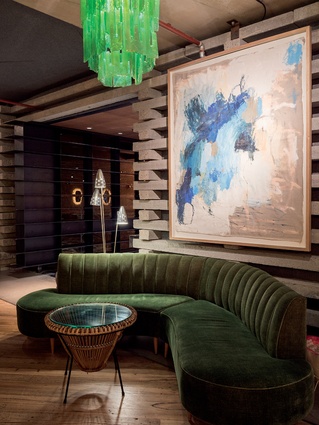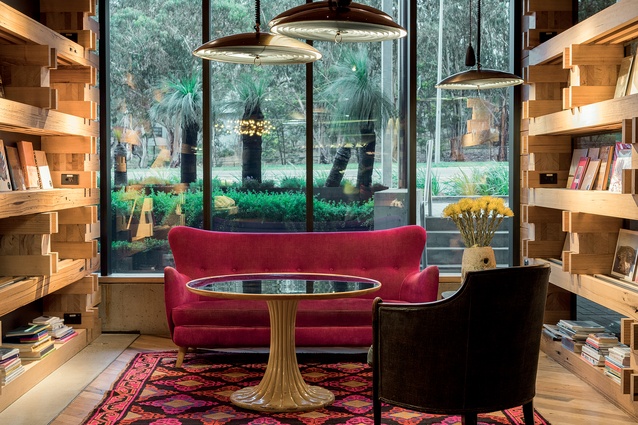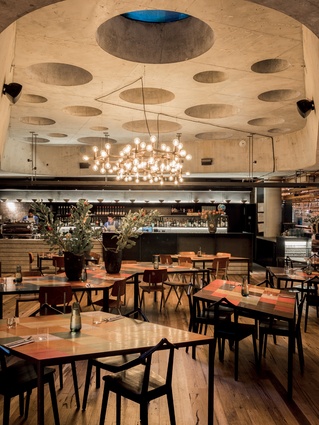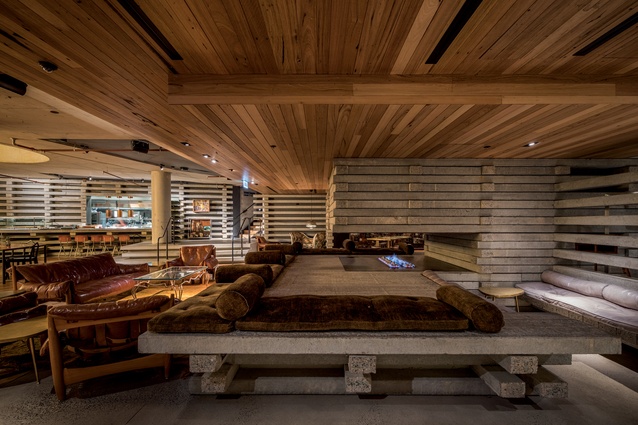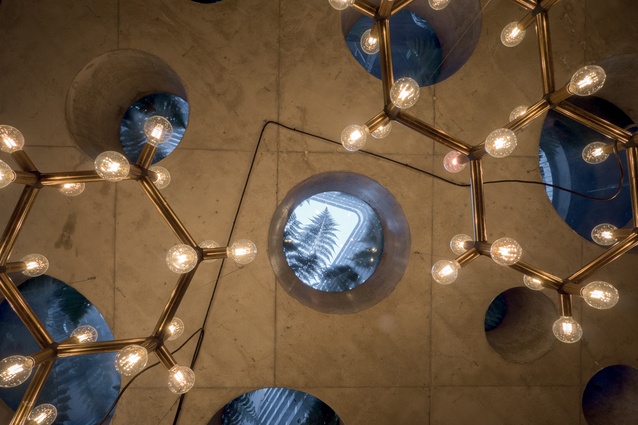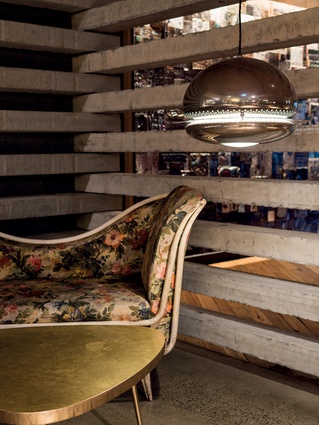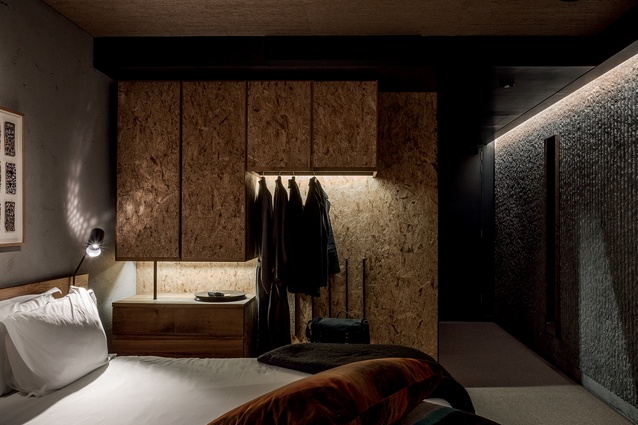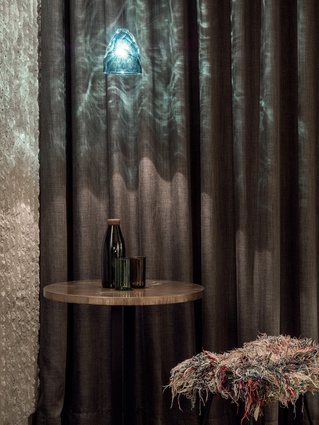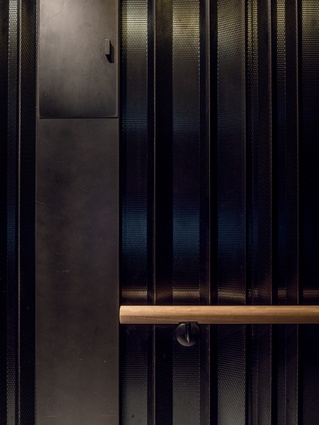Eclectic wunderkammer: Hotel Hotel
Precinct-making is a task often fraught with peril. Will there be enough critical mass to buy into the new space, will the built environment be daring enough to elicit curiosity yet welcoming enough to build a community? There are many examples of such villages ending up like ghost towns, devoid of enough soul to entice even the most adventurous urbanite in for a tentative latte.
Recently, however, there have been a few experiments in precinct-making that have proven to be, at least for the time being, very successful in revitalising bastions of cities worldwide (Auckland, London, Medellin… ). Canberra’s NewActon precinct – latest winner of the Australian Institute of Architects’ award for urban design – is one such enclave.
For the past nine years, the central, 2.5-hectare portion of the Australian capital has been developed incrementally by the Molonglo Group. Like many of its global counterparts, it incorporates existing heritage structures into its architectural language. It has an environmentalist ethos: green buildings, shared spaces, communal gardens and a fledgling cycling culture. Its tenancies back independent – rather than chain – retailers with interiors that seek that holy grail of modern-day shopping experiences: a modicum of ‘real’.
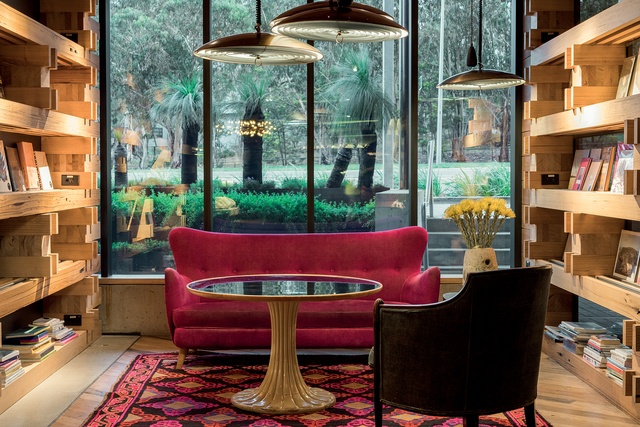
The coffee shops and eateries are essential in this mix and, as the New Urbanists have insisted since the ’90s, also acknowledge the need for a centrepiece, a trophy space from which most other buildings hang. That is where Hotel Hotel comes in.
“The first thing we thought about when it comes to this whole NewActon precinct was ‘how do we activate it?’” says Molonglo Group co-director Johnathan Efkarpidis. “How do we build a community?”
Among a myriad of solutions that include a full-time arts and entertainment coordinator, and a master plan that puts pedestrians at the top of the food chain, the group gave emphasis to interiors. Melbourne’s March Studio was enlisted to craft the hotel’s first-floor public spaces and more than 90 artists, designers and architects were employed in the construction of the place.
“Ninety per cent of what is in your room is local,” says Efkarpidis; “only the iPad, the telephone and the TV are not. Everything is newly made by a local artist or designer, or Australian pieces that have been restored.”
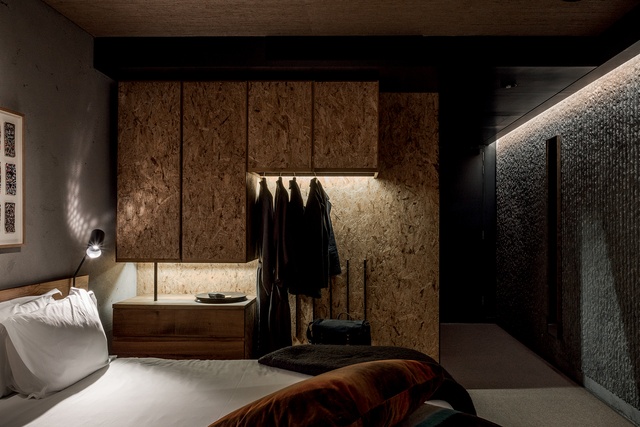
This colourful workforce ensured the place had a strong point of difference in the market place, a ready-made community of taste-makers and word-of-mouth promotion among their peers. In a way, the hotel’s interiors use design – not just the end product but the process itself – as a clever way of community building.
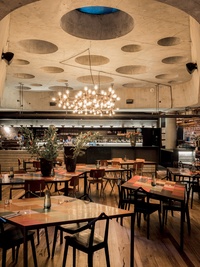
Among the inn’s standout ideas is a sculptural grand stair and foyer made from 2,250 pieces of timber salvaged from a nearby basketball court. The operatic, wow-moment sits beside a cinema where punters, already seeking visual stimulation, are hooked in by this explosion of timber literally guiding their way deeper into the core of the building.
Once the guest has reached its centre, the space is compressed and the concrete ceiling is low, lending a sense of intimacy and closeness to the Monster kitchen and bar. Every detail from the plates and cutlery through to furniture and lighting, has been crafted independently; the result is eclectic, at points disjointed, but a true wunderkammer that earned the title of World Interior of the Year at the Inside Festival (November 2015, Singapore).
“We tried to link art to [property] development but in a way that is more than just putting a sculpture in a public space,” continues Efkarpidis. “The idea is also to incite discussions.”
Much like the hotel, the precinct is populated by a diverse group of people. On our visit, the hipsters, some dishevelled creatives and the urban sophisticates are all spread around the various cafés and restaurants, the gallery and the pavilions. Efkarpidis: “That’s what’s important for building this… getting that connectivity and those discussions.”

